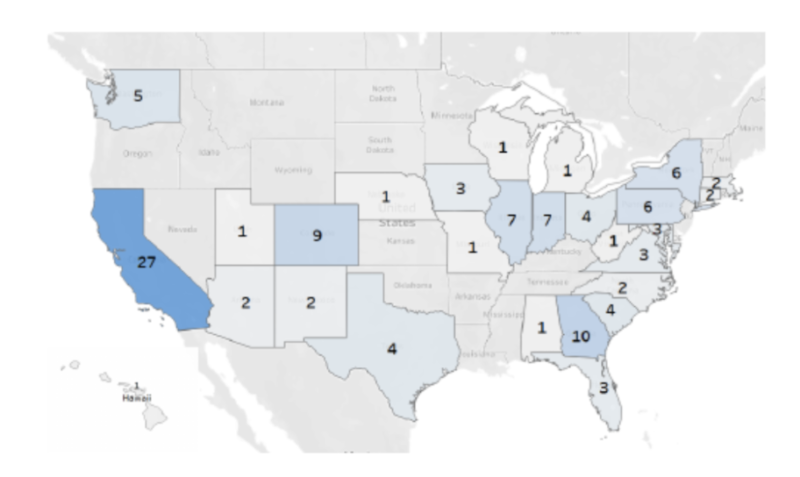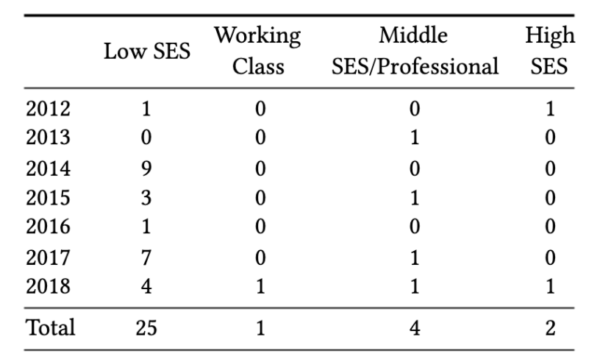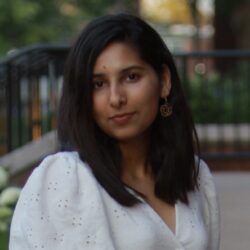What Do We Know about How Data Is Used to Improve Interventions for Engineering Students?
Published by Julie Smith, PhD, IACE
The percent of engineering degrees awarded to people who have not typically pursued engineering has increased since 2010, indicating strides in broadening participation. But there is still substantial underrepresentation for women and people from racially and ethnically marginalized groups.
Using Data
Harnessing the power of data, including big data, can supporting broadening participation efforts in engineering. However, there are gaps in our understanding of how higher education faculty and staff use this data in the design of such interventions.
For research conducted as part of the Engineering PLUS Alliance funded by the National Science Foundation, we explored how different institutions may use data in the process of designing efforts to sustain and grow engineering programs. We analyzed surveys completed by and artifacts generated by higher education faculty and staff who participated in a structured professional development and research experience. The experience focused on planning and executing a data-driven project designed to improve equity in engineering education via the stEm PEER Academy led by Drs. Claire Duggan and Jennifer Love. We explored why and how participants plan to use data in their design of interventions
Highlights of our Findings
Of the 38 participants in the program, 34 consented to participate in the research process. Participants in the stEm PEER Academy generated artifacts related to their plan to recruit and retain all students in engineering education on their campuses. This generation phase occurred after approximately 20 hours of professional development in the program.
We performed a content analysis on these artifacts. As the table below shows, participants intend to collect, plan for the use of, use, and then analyze data. (Note that other possible categories – such as sharing and archiving data – were not found.) Participants plan to use data to define their challenges, proposed solutions, and impact measurement. The table also shows how common each combination of types of data use was.

Understanding how participants used data is an important first step in determining how data use impacts project outcomes. Based on that finding, we can determine how to best support future cohorts as they design their interventions.
You can learn more about our work in our 2024 FIE paper: Data Use in the Design of Interventions to Improve Equity in Engineering Education.
To cite this work, please use Smith, J. M., Love, J., & Duggan, C. (2024, October). Data Use in the Design of Interventions to Improve Equity in Engineering Education. In 2024 IEEE Frontiers in Education Conference (FIE) (pp. 1-6). IEEE.
This work is supported by the National Science Foundation under award HRD-2119930. Any opinions, findings, and conclusions or recommendations expressed in this material are those of the authors and do not necessarily reflect the views of the National Science Foundation.



 Bishakha Upadhyaya is a Senior at
Bishakha Upadhyaya is a Senior at